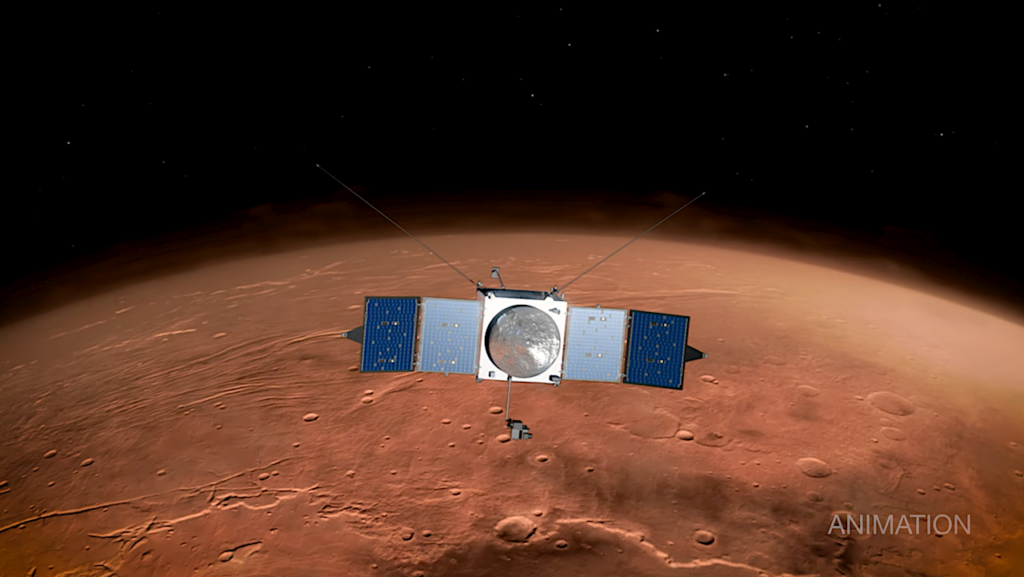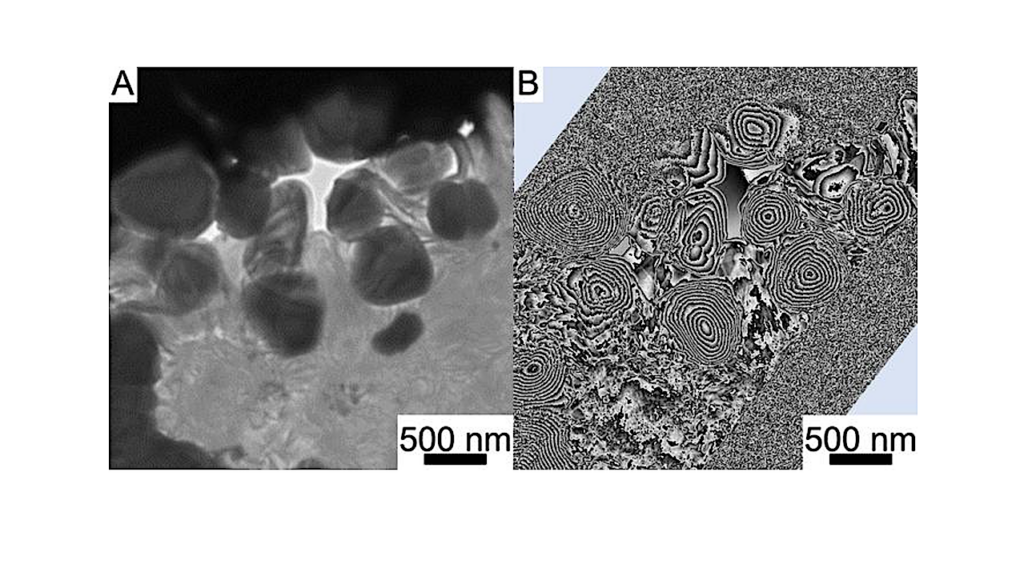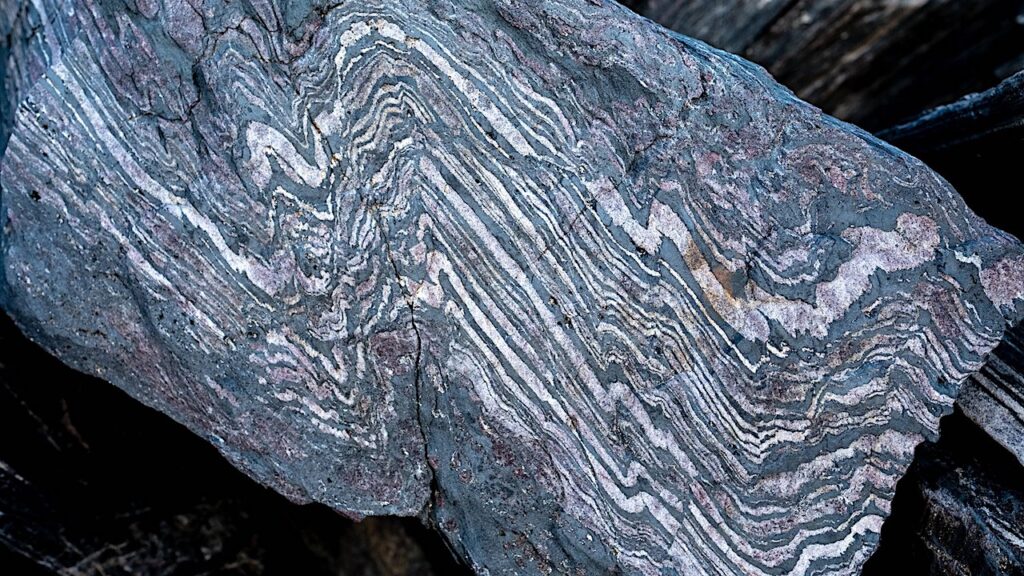Probable Detection Of An Eruptive Filament From A Superflare On A Solar-type Star

Solar flares are often accompanied by filament/prominence eruptions (∼104 K and ∼1010−11 cm−3), sometimes leading to coronal mass ejections (CMEs) that directly affect the Earth’s environment.
`Superflares’ are found on some active solar-type (G-type main-sequence) stars, but the association of filament eruptions/CMEs has not been established.
Here we show that our optical spectroscopic observation of the young solar-type star EK Draconis reveals the evidence for a stellar filament eruption associated with a superflare. This superflare emitted a radiated energy of 2.0×1033 erg, and blue-shifted hydrogen absorption component with a large velocity of −510 km s−1 was observed shortly after. The temporal changes in the spectra greatly resemble those of solar filament eruptions. Comparing this eruption with solar f
ilament eruptions in terms of the length scale and velocity strongly suggests that a stellar CME occurred. The erupted filament mass of 1.1×1018 g is 10 times larger than those of the largest solar CMEs. The massive filament eruption and an associated CME provide the opportunity to evaluate how they affect the environment of young exoplanets/young Earth and stellar mass/angular-momentum evolution.
Kosuke Namekata, Hiroyuki Maehara, Satoshi Honda, Yuta Notsu, Soshi Okamoto, Jun Takahashi, Masaki Takayama, Tomohito Ohshima, Tomoki Saito, Noriyuki Katoh, Miyako Tozuka, Katsuhiro L. Murata, Futa Ogawa, Masafumi Niwano, Ryo Adachi, Motoki Oeda, Kazuki Shiraishi, Keisuke Isogai, Daikichi Seki, Takako T. Ishii, Kiyoshi Ichimoto, Daisaku Nogami, Kazunari Shibata
Comments: 40 pages, 4 figures, 4 extended data figures, published in Nature Astronomy (2021)
Subjects: Solar and Stellar Astrophysics (astro-ph.SR); Earth and Planetary Astrophysics (astro-ph.EP)
DOI: 10.1038/s41550-021-01532-8
Cite as: arXiv:2112.04808 [astro-ph.SR] (or arXiv:2112.04808v1 [astro-ph.SR] for this version)
Submission history
From: Kosuke Namekata
[v1] Thu, 9 Dec 2021 10:01:42 UTC (1,026 KB)
https://arxiv.org/abs/2112.04808
Astrobiology, Space Weather,








